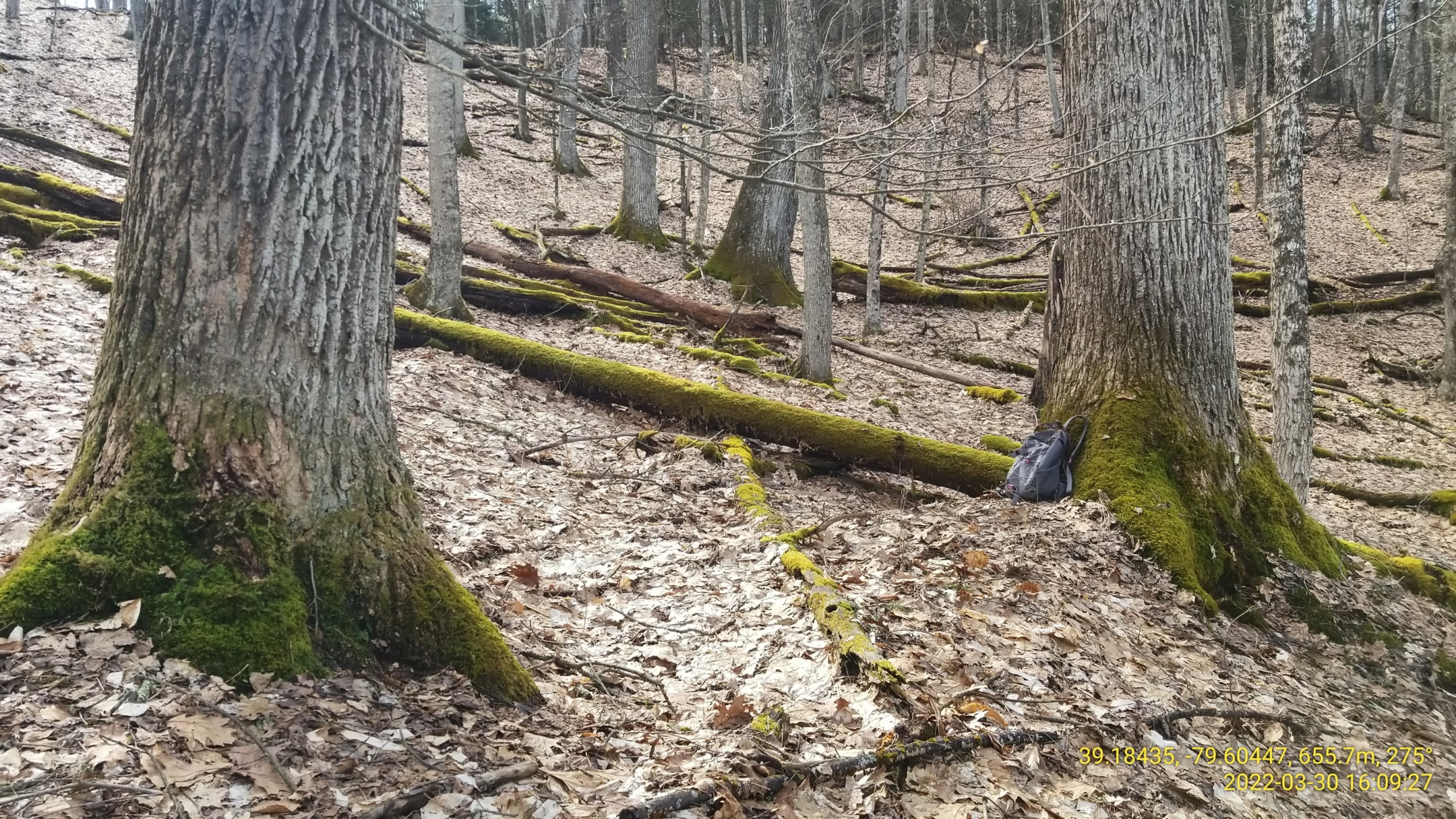Why this forest is special
Seen from a distance these pine-covered hills, rising several thousand feet above the surrounding prairie, were named for the Lakota paha sapa, which mean “hills that are black.” Ponderosa pines dominate most of the forest. Old ponderosas give off a sweet scent, like vanilla or butterscotch. White spruce and aspen grow in the higher, wetter parts of the northern and central hills. The Black Hills National Forest was established in 1897 primarily as a response to wasteful, destructive timber practices. Sadly, those practices continue today.
The Black Hills Resilient Landscapes Project
This project authorized 180,000 acres, or 280 square miles, of “overstory removal.”
That’s the Forest Service phrase for logging most of the mature trees and cutting any tree over 9 inches in diameter.
Carbon storage and biodiversity
Ponderosa pine trees, one of the longest-living tree species, can grow to become hundreds of years old and more than 200 feet tall. They develop thick bark and a deep root system that is well adapted to wildfire and drought. As these trees age, they pull carbon from the atmosphere and store it for centuries. Goshawks and ospreys nest in the forests of the Black Hills and bald eagles visit in the winter. Many songbird species are here, including brilliantly colored mountain bluebirds and western tanagers.
Why these trees should remain standing
The Forest Service claims this project will enable new stands of trees to grow, “contributing to sustained timber yield over time.” That rationale ignores the role mature and old trees play in carbon sequestration and storage, along with the scientific consensus on the urgent need to address climate change. This is nothing more than a destructive, commercial timber sale.
The future of mature and old-growth trees in Black Hills National Forest
Unsustainable overcutting has been going on for the past 15 years, targeting stands of old pine. More recently there have been beetle outbreaks and wildfire, two natural disturbances. Yet the pressure to sustain high levels of logging continues. That’s despite the fact that the Forest Service’s own scientists concluded that maintaining logging here at current levels “is not a sustainable option.” The outdated 2005 Black Hills Forest Plan guides all activities and significantly undermines efforts to address the climate and biodiversity crises. When trees reach maturity at about 80 years old, they are targeted for logging. The forest plan allows only 5% of the forest to survive to become old growth.
Project status
Logging began in 2018. The Forest Service has refused to say how many acres have been logged.
Local contact: Dave Mertz, former forester, Black Hills National Forest, [email protected]

























